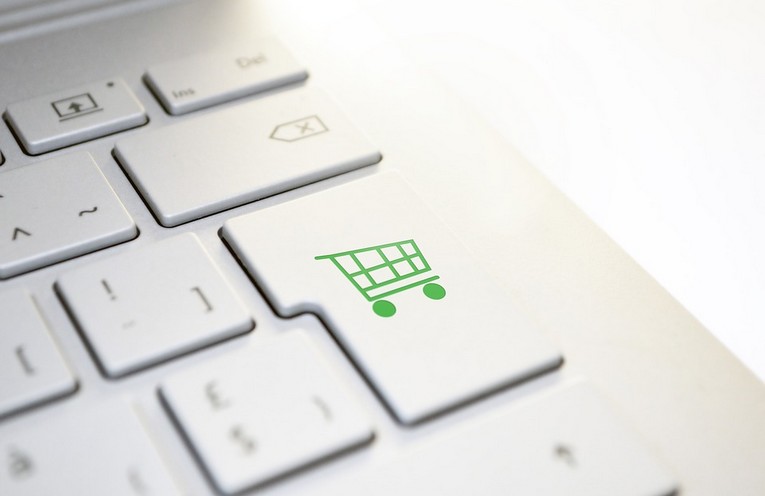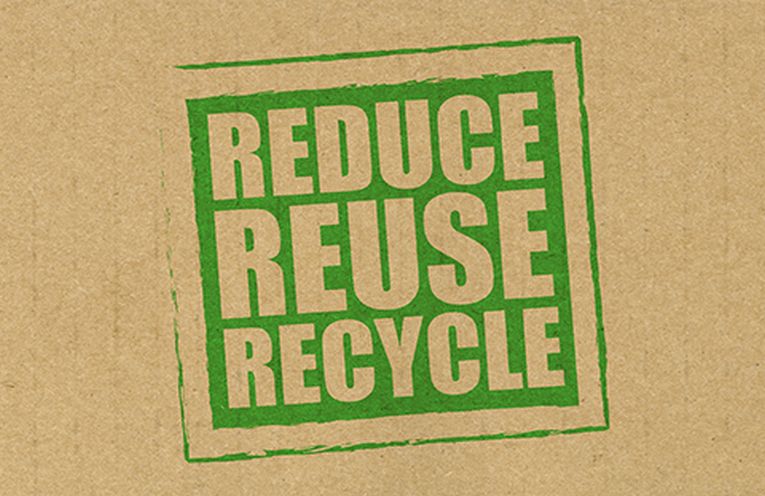Like most Americans, I’ll be doing much of my holiday shopping online this year. And I do mean most Americans: According to the National Retail Federation (NRF), 55 percent of holiday shoppers will purchase gifts online this year.
Those online shoppers are poised to represent a bigger chunk of overall holiday spending than ever before. Deloitte predicts online holiday sales will rise to $128 billion in 2018, 57 percent of projected total holiday spending. And with Thanksgiving falling early this year on Nov. 22, we’ll have a longer holiday shopping season. This gives us even more time to surf the web for gifts.
Higher consumer expectations, bigger fulfillment challenges
All this e-commerce spending will lead to lots of packages arriving on doorsteps across the country in November and December. As our shopping habits continue to shift online, so do our expectations of what a good online shopping (and shipping) experience looks like. We expect deliveries that are fast (two days or less), trackable, free, easy to return, and effortless to unbox and dispose of.
One of those expectations — free shipping — is particularly important to online shoppers. According to Kantar research conducted for Sealed Air, 56 percent of online shoppers abandon a cart when they realize they don’t qualify for free shipping.
This preference doesn’t fade during the holidays. In fact, it might intensify: NRF reports that 94 percent of online shoppers plan to take advantage of free shipping this year. And shoppers will have even more opportunities to prove how much they value free shipping, as both Target and Walmart have announced they will offer free two-day shipping during the 2018 holiday season to match Amazon.
Overlook packaging at your own risk
What does this mean for online retailers? Packaging — both to reduce damage and enhance customer experience — is more important than ever. If consumer experiences from 2017 are any indicator, retailers have a lot of ground to make up this year. Pitney Bowes found 56 percent of American shoppers felt “let down” by online retailers during the 2017 holiday season, up 20 percentage points from 2016.
All those efforts by marketers to identify, attract and convert customers online won’t mean much if the baton is dropped by their counterparts in fulfillment operations. Instead of continuing to delight the customer, it’s their job to create the lowest possible cost to ship each item. That means they might create a memorable customer experience — but it might not be a positive one.
We’re already well into early holiday shopping, but for those online retailers that are a little behind on peak-season planning, here’s what may be in store:
Increased labor challenges. Many online retailers have already added seasonal workers, and they’re likely offering higher wages to be competitive since Amazon increased its minimum wage to $15. But with the tight labor market, there may still be open positions, which can leave gaps in fulfillment plans — or worse, delay the orders customers expect to receive within days. Add in high turnover rates and inefficient pack stations, and even at full capacity retailers risk demand outpacing throughput.
Damage rates will skyrocket. As the pace of e-commerce fulfillment quickens during peak season, if you haven’t taken the time to pack items adequately and efficiently you’re likely to experience more damage in transit. Parcels can take a beating throughout the shipping cycle, especially during the all-important last mile. Package design and testing services can help ensure your products arrive in one piece.
Customers could be disappointed by wasteful (perhaps ineffective) packaging. Now is not a great time to be associated with wasteful packaging. Our research reveals that 77 percent of American consumers believe packaging indicates a company’s commitment to the environment. Consumers notice when they have a too-large box or an inordinate amount of void fill to throw away or recycle, especially when that excessive packaging leads to damage. The trend of ships-in-own-container (SIOC) packaging takes this a step further, and is a great option — as long as the primary package is sturdy enough to hold up in transit or perhaps wrapped in a flexible parceling film that makes it so. (That parceling film also provides an element of privacy, potentially making a package less likely to be stolen off your front porch or reveal what gifts are coming for the kids this year.)
The shopping and gifting experience could be ruined. Our research shows whether it’s a damaged product or a belated delivery, those disappointing e-commerce experiences have ripple effects, from the 75 percent of shoppers who will share a bad experience with friends and family to the 23 percent who take their experience a step further and post about it on social media. Instead of building on a successful holiday shopping experience to drive customer loyalty, online retailers risk losing those unhappy customers for good.
Excessive returns. Not only will those unhappy customers tell others about their experiences; they’ll also quickly turn into customers who make returns. If you didn’t pre-plan your packaging to be return-friendly, you’re likely to receive damaged product that could be unsellable. Even if a product is sellable, you’ll have labor costs associated with restocking, repackaging, and reshipping.
For those online retailers that will muddle through this year, we’re hoping to see some great packaging experiences from you next year. Sealed Air is here when you’re ready to make better use of labor, prevent against damage, reduce material waste and even create a SIOC solution that puts your competitors to shame.
forrás: sealedair.com 2018.11.13





